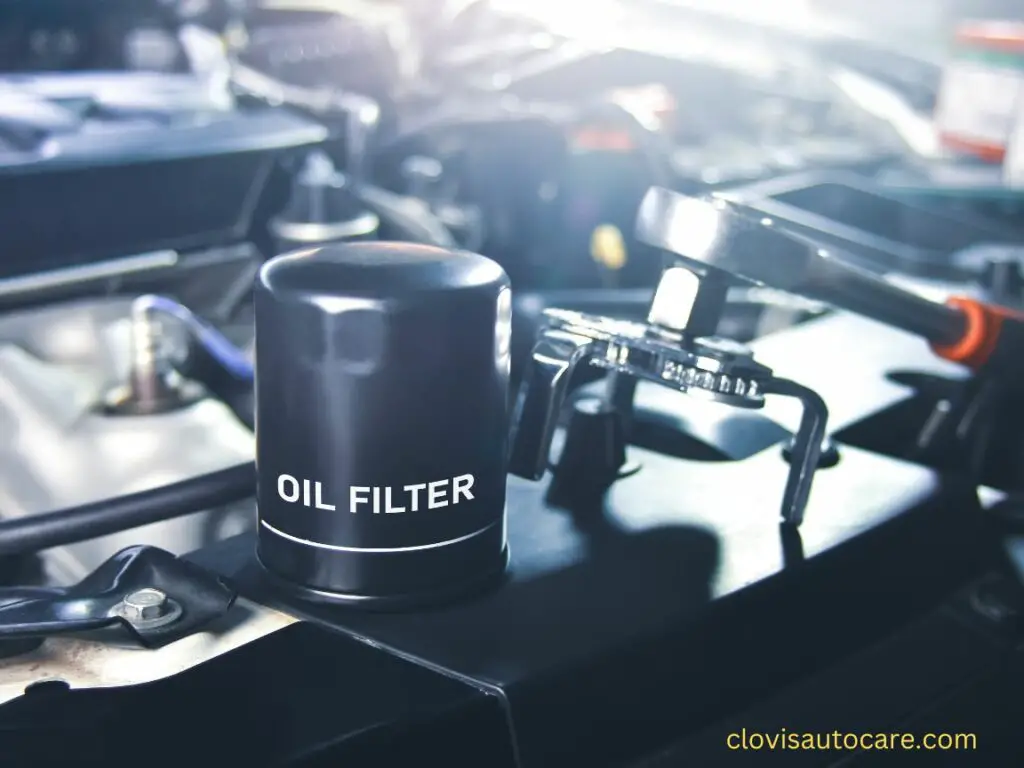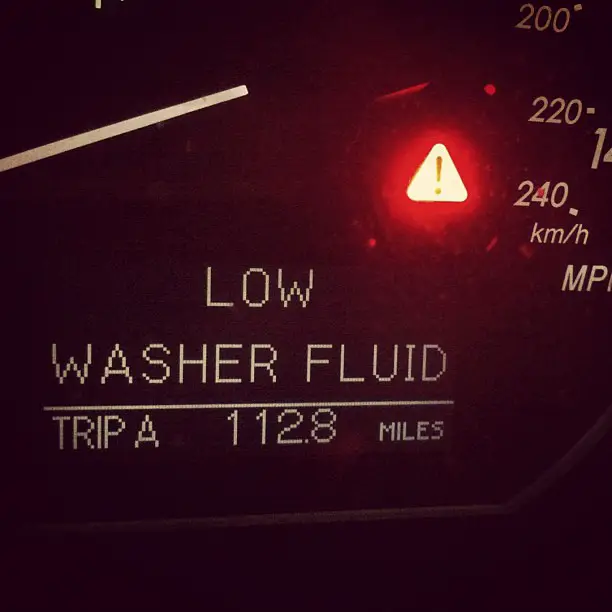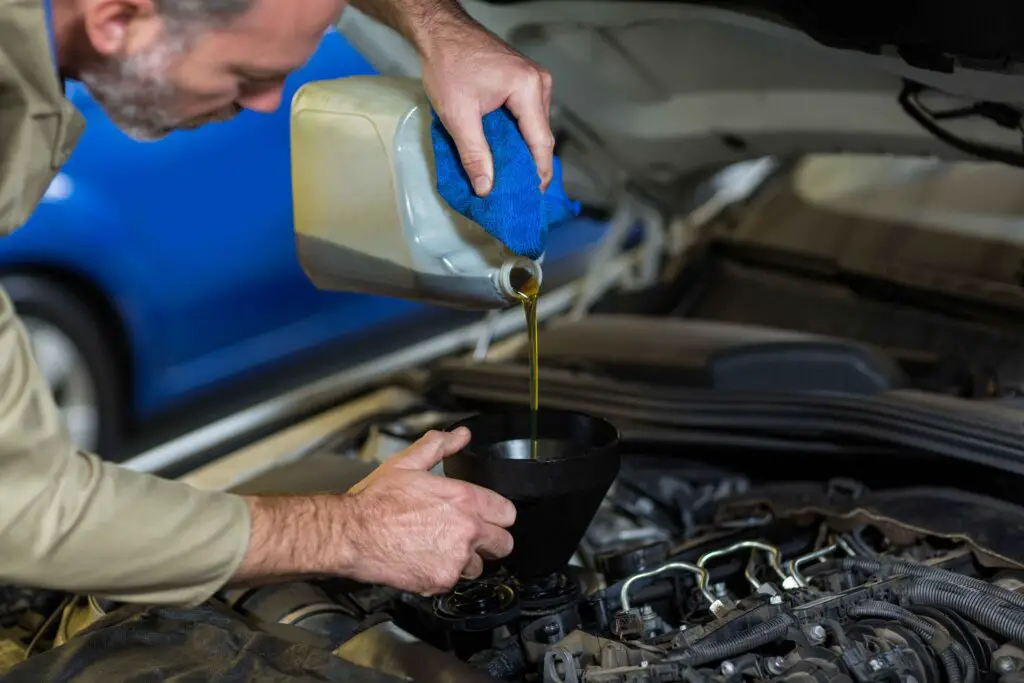Owning a car involves a range of responsibilities, and for new and old car owners, navigating proper care can be overwhelming. However, there is one simple habit that can make a significant difference: maintaining your vehicle maintenance records.
By keeping track of your car’s maintenance history, you not only streamline the process but also unlock a host of benefits. From saving time and money to avoiding potential headaches, these records are invaluable.
Did you know that cars with well-documented maintenance records have a higher resale value compared to those without? In this article, we’ll explore the importance of car maintenance records and how they can help you take control of your car’s well-being.
Contents
What is a maintenance report and record?
A maintenance report and record is a documented record of all the maintenance activities performed on a car. It includes details such as dates, types of maintenance, parts replaced, and any other relevant information. This comprehensive record serves as a valuable reference for future maintenance, warranty claims, and potential buyers.
the next time you want to get a used car, you have the liberty to check it history
There are two types of maintenance records: scheduled maintenance records and unscheduled maintenance records.
1. Scheduled Maintenance Records: These records document the routine and planned maintenance tasks recommended by the vehicle manufacturer. Scheduled maintenance includes activities such as oil changes, filter replacements, tire rotations, and inspections. Keeping track of scheduled maintenance records helps ensure that your car receives the necessary upkeep at the recommended intervals, promoting its longevity and optimal performance.
2. Unscheduled Maintenance Records: Unscheduled maintenance records capture any unexpected repairs or maintenance that arise due to unforeseen issues or breakdowns. These records include details about repairs, parts replaced, and any additional maintenance required to address the specific problem. Tracking unscheduled maintenance records is crucial for identifying recurring issues, understanding the overall health of your vehicle, and providing valuable information to potential buyers or mechanics in the future.

The Importance of Tracking Your Vehicle’s Service History
Maintaining detailed records of your car’s repair and maintenance history provides immense benefits for both you and future owners. Documented service logs serve many key purposes:
- Optimize maintenance schedules: Mechanics can reference your car’s timeline to recommend needed servicing based on mileage intervals. This prevents overlooked maintenance that could lead to problems.
- Increase resale value: According to CARFAX data, vehicles with a complete service history sell for an average of $1000 more compared to those without documentation.
- Validate warranty claims: meticulous maintenance logs prove required servicing was performed if issues later arise that require warranty coverage.
- Speed insurance claims: Some claims require confirming appropriate auto servicing, especially after accidents. Complete documentation accelerates processing and approval.
- Identify recurring issues: reviewing full maintenance records makes it easier to spot patterns of problems and determine necessary repairs.
- Provide transparency when selling: Detailed documentation demonstrates your commitment to proper care and maintenance to prospective buyers.
How Complete Documentation Benefits You
In summary, comprehensively tracking your car’s service activities benefits you by:
- Adhering to optimal service timelines
- Increasing resale value
- Validating warranty coverage
- Supporting insurance claims
- Identifying issues early
- Providing transparency to buyers
Essential Car Maintenance Records
In addition to repair and service details, there are other important records to maintain for your vehicle:
Car Registration
Your car’s registration provides proof of ownership and that mandatory requirements are met to legally operate it.
Importance and Purpose
Registration verifies your ownership, that taxes and fees are paid, and that safety and emission standards are satisfied. It must be current to drive legally.
Where to Keep a Copy
Store your registration card securely at home, and keep the original or a copy in your glove box for proof when driving.
Car Title
The title establishes legal ownership and provides transferability when selling your car.
Differences from Registration
The title denotes ownership, while registration documents operational compliance for driving.
Why It Should Not Be Kept in the Car
Car titles should be kept securely at home to prevent theft or fraudulent transfers if your vehicle is stolen.
Insurance Papers
Having current proof of insurance is mandatory and benefits you after accidents.
Importance of Proof of Auto Insurance
Active insurance is required by law. Proof protects you financially in the event of an at-fault accident.
Legal Requirements and Financial Responsibility
Most states require minimum liability coverage. Insurance documents must be carried when driving to prove financial responsibility.
Owner’s Manual and Maintenance Schedule
The owner’s manual is essential for recommended service and repairs.
Role of the Owner’s Manual in Car Maintenance
It provides operating instructions, break-in guidance, fluid specs, and the manufacturer’s maintenance schedule.
Following the Manufacturer’s Maintenance Schedule
Sticking to factory-recommended service intervals protects your warranty and prevents premature wear.
Service Records
Documenting maintenance and repairs provides a critical ownership history.
Verification of Proper Maintenance
Records prove you adhered to service requirements and recommendations.

Impact on Insurance Coverage
Documented maintenance may improve claim payouts by showing responsible care.
Purchase Receipts
Keep receipts for maintenance supplies and private-party purchases.
Importance for Self-Performed Car Service
If you do your own maintenance, receipts document expenses for parts like oil filters.
Keeping Track of Expenses and Odometer Readings
Receipts also provide odometer readings and dates for your maintenance logs.
What information should you track?
Certain details are necessary to capture for every maintenance or repair service performed on your vehicle. Here are the essentials to record:
Service Dates and Mileage
- Date of service: Note the specific date on which maintenance or repairs were carried out.
- Odometer reading: Document your car’s mileage at the time of service. Tracking mileage intervals helps identify optimal times for certain repairs.
Maintenance and Repair Details
- Description of work: Provide details like “brake pad replacement” or “diagnosed check engine light..
- Parts installed: List any parts swapped, like the ”Bosch front oxygen sensor” or fluids refilled.
Costs of Service
- Parts costs: Note expenses for any replacement parts needed.
- Labor charges: Document labor fees based on hourly shop rates.
- Miscellaneous supplies: Include the costs of items like oil filters, lubricants or cleaning chemicals.
Shop and Mechanic Information
- Repair shop name and location: document where work was performed.
- Mechanic or technician: Record who completed the repairs or maintenance.
Tracking these details each time you service your vehicle creates a complete history of repair costs, parts replacements, and services through the years.
For example, your car’s maintenance log may look something like this:
| Car | Maintenance Type | Date | Cost | Mileage | Workshop | Notes |
|---|---|---|---|---|---|---|
| Toyota Camry | Oil change | 1/5/2023 | $80 | 45,000 | City Auto Shop | Regular synthetic oil used |
| Toyota Camry | Tire rotation | 2/14/2023 | $40 | 46,850 | City Auto Shop | Rotated tire positions |
| Toyota Camry | Brake pad replacement | 3/25/2023 | $220 | 48,000 | Brakes Plus | Replaced front brake pads |
| Toyota Camry | Air filter replacement | 5/6/2023 | $42 | 49,600 | City Auto Shop | Changed engine air filter |
| Toyota Camry | Wheel alignment | 6/22/2023 | $125 | 51,200 | Tires & Wheels | Aligned front wheels |
| Toyota Camry | Battery replacement | 8/8/2023 | $198 | 53,500 | Auto Electric | Installed new Interstate battery |
| Toyota Camry | Transmission fluid change | 9/30/2023 | $95 | 56,000 | City Auto Shop | Drained and refilled transmission fluid |
| Toyota Camry | Spark plug replacement | 11/12/2023 | $285 | 58,600 | Engine Repair Specialists | Replaced all spark plugs |
| Toyota Camry | Coolant flush | 12/1/2023 | $140 | 59,900 | Radiator Supply | Flushed and refilled coolant system |
| Toyota Camry | Cabin air filter replacement | 1/10/2024 | $32 | 62,000 | City Auto Shop | Changed cabin air filter |
This table is just for demonstration purposes and not actual records
Organizing and Storing Your Maintenance Logs
Once you start accumulating paperwork and records for all your car’s service activities, you’ll need an organized system to keep everything accessible. Here are some tips:
Digital Tracking Solutions
- Maintenance apps: User-friendly apps like MyCar, CarCare, and aCar make it easy to store service records digitally on your phone.
- Repair shop profiles: Many shops keep digital profiles of your car’s service history at their location. Request records.
- Cloud storage: backup scans or photos of physical maintenance records on online drives.
Physical Filing Systems
- Use a dedicated logbook. Record service details in a physical logbook or planner devoted just to car maintenance.
- File chronologically. Keep records in a binder or filing cabinet, arranged from oldest to newest.
- Group by service: File related records together, like brake repairs or oil changes, when possible.

Handling Records When Selling Your Vehicle
- Provide a timeline summary. Give prospective buyers an overview of key maintenance and major repairs through the years.
- Share scanned copies: Allow buyers to review digital copies or photos of original documents.
- Note big-ticket items. Ensure major mechanical repairs or component replacements are highlighted.
Proper organization makes records quickly accessible for reference and provides assurance when selling your car.
Getting Started with Documenting Your Car’s Service
With a variety of helpful resources available, it’s easy to start compiling complete maintenance logs.
- Begin a dedicated maintenance binder. Purchase a binder and use divider tabs to section service categories like “Engine,” “Brakes,” and “Tires.”.
- Download a car maintenance app. User-friendly apps like Drivvo, myCARFAX or CarCare simplify logging and provide reminders.
- Request repair order summaries. Ask your mechanic to provide a printout detailing the work performed after each visit.
- Take photos of receipts. Use your phone to capture receipts and documents for each service record.
Consistency is critical when documenting your car’s repair history. But with tools like mobile apps and shop profiles, recording details on maintenance and repairs is simple.

Conclusion
Maintaining comprehensive maintenance logs optimizes your car’s performance, identifies issues early, and preserves value. Tracking details like service dates, mileage, repair descriptions, and costs creates a complete record of your vehicle’s unique history.
So don’t leave your car’s story untold. Begin logging service visits today, starting with your next oil change or scheduled maintenance. Apps and shop records make documentation easy. Be sure to provide detailed records when selling your car to assure buyers and maximize resale value. Your car’s diligent care deserves to be properly documented.
What’s the next chapter in your vehicle’s timeline?




Leave a Reply